Home>Ideas and Tips>Home Office Sound Absorption Panels to Reduce Echo and Noise
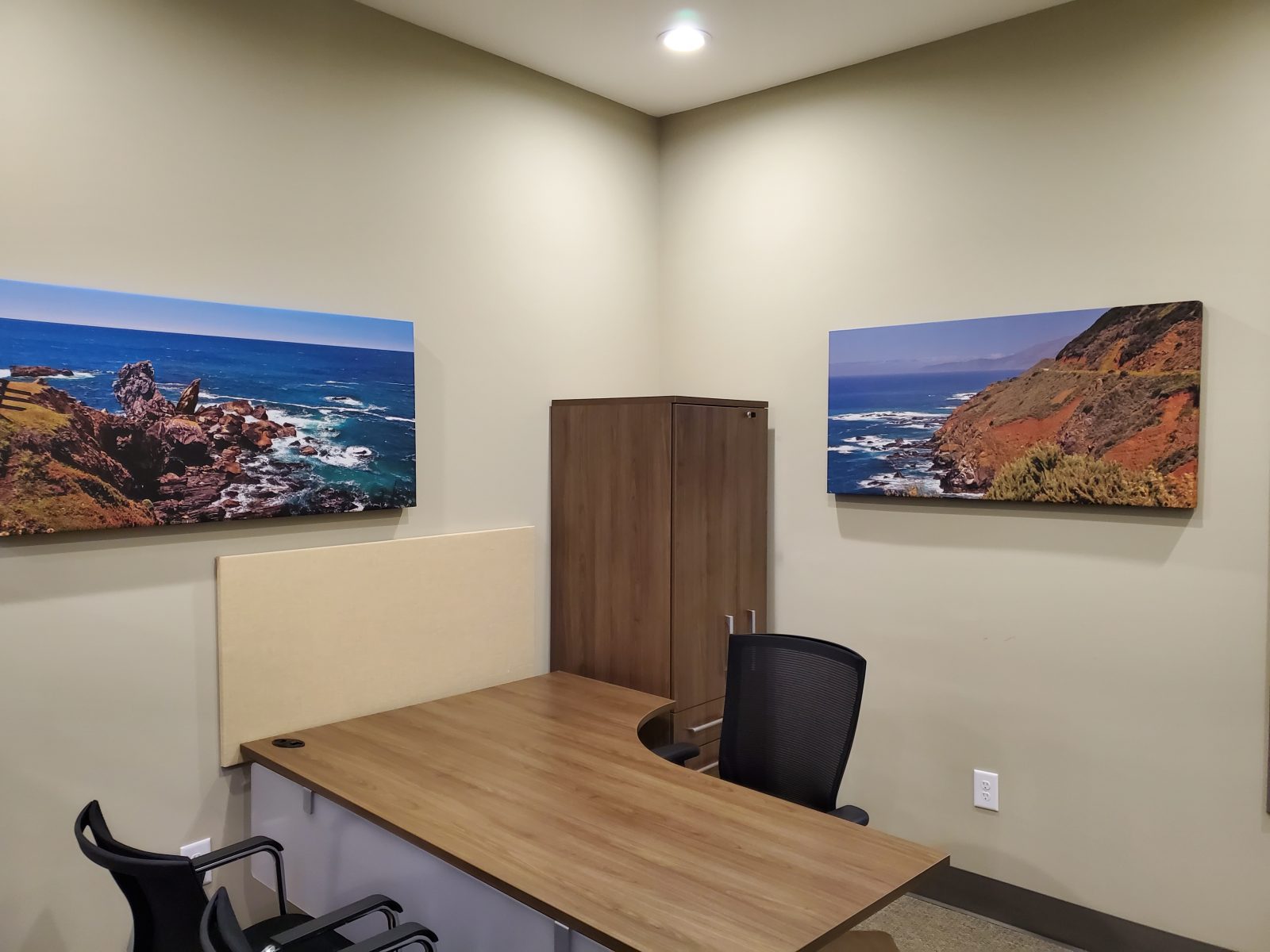

Ideas and Tips
Home Office Sound Absorption Panels to Reduce Echo and Noise
Modified: October 31, 2024
Improve your home office acoustics with sound absorption panels. Reduce echo and noise for clearer communication and enhanced productivity.
(Many of the links in this article redirect to a specific reviewed product. Your purchase of these products through affiliate links helps to generate commission for Storables.com, at no extra cost. Learn more)
In today's digital age, home offices have become an essential part of many professionals' lives. Whether you're working remotely or running a small business from home, creating an efficient and comfortable workspace is crucial for productivity and overall well-being. One often overlooked aspect of home office setup is sound absorption, which can significantly impact the quality of your audio and video calls, as well as your overall work environment. In this article, we will delve into the importance of sound absorption panels in home offices, explore various types of panels available, and provide practical tips on how to effectively use them to reduce echo and noise.
The Importance of Sound Absorption in Home Offices
Sound absorption is a critical component of any room's acoustics. In a home office, it can make a significant difference in the quality of audio and video communications. Here are some reasons why sound absorption is essential:
-
Improved Audio Quality: Sound absorption helps in reducing reverberations and echoes, which can distort audio signals. By absorbing sound waves, you can achieve clearer and more professional-sounding audio during calls or video meetings.
-
Enhanced Communication: Clear communication is vital for any professional setting. Sound absorption ensures that your voice is heard clearly without any background noise or echoes, making it easier to understand each other.
-
Reduced Distractions: Unwanted noise can be a significant distraction, especially if you're working in a shared living space. Sound absorption helps in creating a quieter environment, allowing you to focus better on your tasks.
-
Better Work Experience: A well-designed home office with good acoustics can enhance your overall work experience. It makes the space more comfortable and conducive to productivity.
Types of Sound Absorption Panels
There are various types of sound absorption panels available, each with its own set of benefits and applications. Here are some of the most common types:
-
Acoustic Foam Panels:
- Description: These panels are made from high-density foam that is designed to absorb sound waves effectively.
- Usage: They are commonly used in recording studios, home theaters, and offices to reduce echo and reverberation.
- Pros: Easy to install, affordable, and available in various sizes.
- Cons: May not be effective for low-frequency sounds and can look less aesthetically pleasing compared to other options.
-
Fabric-Wrapped Fiberglass Panels:
- Description: These panels consist of fiberglass core wrapped in fabric, which provides excellent sound absorption.
- Usage: They are ideal for large areas like concert halls or sports venues but can also be used in smaller spaces like home offices.
- Pros: Effective for a wide range of frequencies, durable, and can be customized with different fabrics.
- Cons: May be heavier than other options and require more space for installation.
-
Rockwool Insulation Panels:
- Description: Rockwool insulation is a type of mineral wool that is highly effective at absorbing sound.
- Usage: Often used in DIY projects, these panels can be wrapped in fabric or placed directly on walls or ceilings.
- Pros: Highly effective at absorbing low-frequency sounds, easy to make DIY versions, and can be reused.
- Cons: May require more effort to install compared to pre-made panels.
-
Cellulose-Based Acoustical Panels (CFAB):
- Description: These panels use cellulose as the primary material for sound absorption.
- Usage: They are known for their eco-friendly properties and are often used in LEED-certified projects.
- Pros: Environmentally friendly, effective at absorbing mid-range frequencies, and can be reused.
- Cons: May not be as effective for high-frequency sounds compared to other materials.
-
Poly Max Panels:
- Description: These panels use a proprietary material that is designed to provide high sound absorption.
- Usage: Ideal for areas where high sound absorption is required, such as recording studios or large meeting rooms.
- Pros: Highly effective at absorbing both mid-range and high-frequency sounds, durable, and aesthetically pleasing.
- Cons: Generally more expensive than other options.
-
Silk Metal Panels:
- Description: These panels combine metal mesh with acoustic materials to provide both sound absorption and visual appeal.
- Usage: Often used in decorative settings where sound absorption is also a priority.
- Pros: Aesthetically pleasing, effective at absorbing mid-range frequencies, and can be customized with different designs.
- Cons: May be more expensive than other options and require professional installation.
Practical Tips for Using Sound Absorption Panels
While choosing the right type of sound absorption panel is crucial, proper placement and installation are equally important. Here are some practical tips to help you get the most out of your sound absorption panels:
-
Identify Problem Areas:
- Before installing any panels, it's essential to identify the areas where sound is reflecting most. Use a mirror technique where you hold a mirror against the wall until you see the entire sound source reflected from where you're sitting. Mark this point with tape to determine where to place your absorbers.
-
Place Panels Strategically:
- Place panels in areas where sound reflections are most prominent. Typically this includes corners and areas near sound sources like speakers or microphones.
-
Use Multiple Panels:
- Using multiple panels can significantly improve sound absorption. Place them in strategic locations around the room to cover all areas where sound reflections occur.
-
Consider Room Size and Layout:
- The size and layout of your room will determine how many panels you need and where they should be placed. Larger rooms may require more panels placed at different heights to cover all areas effectively.
-
Combine with Other Acoustic Treatments:
- Combining sound absorption panels with other acoustic treatments like curtains or rugs can further enhance the overall acoustics of your room.
-
DIY Options:
- If budget is a concern, consider making your own DIY acoustic panels using materials like rockwool insulation wrapped in fabric or heavy curtains.
-
Professional Advice:
- If you're unsure about which type of panel to use or how to install them effectively, consider consulting an acoustics expert who can provide customized advice based on your specific needs.
Conclusion
Creating an efficient home office that minimizes echo and noise is crucial for both productivity and comfort. By understanding the importance of sound absorption and choosing the right type of panel for your needs, you can significantly improve your work environment. Whether you opt for pre-made panels or go for a DIY approach using materials like rockwool insulation, proper placement and strategic use of these panels will ensure that your home office meets all your acoustic requirements. With these tips in mind, you'll be well on your way to creating a space where clear communication and focus are always within reach.
References
- Acoustical Surfaces: Echo Reducing Panels and Soundproofing
- Amazon: Echo Absorber
- Reddit – r/audioengineering: Home office acoustics
- Overtone Acoustics: Home Office Acoustics
- Reddit – r/audioengineering: Any options to prevent echo in a rental apartment using budget acoustic panels?
Was this page helpful?
At Storables.com, we guarantee accurate and reliable information. Our content, validated by Expert Board Contributors, is crafted following stringent Editorial Policies. We're committed to providing you with well-researched, expert-backed insights for all your informational needs.
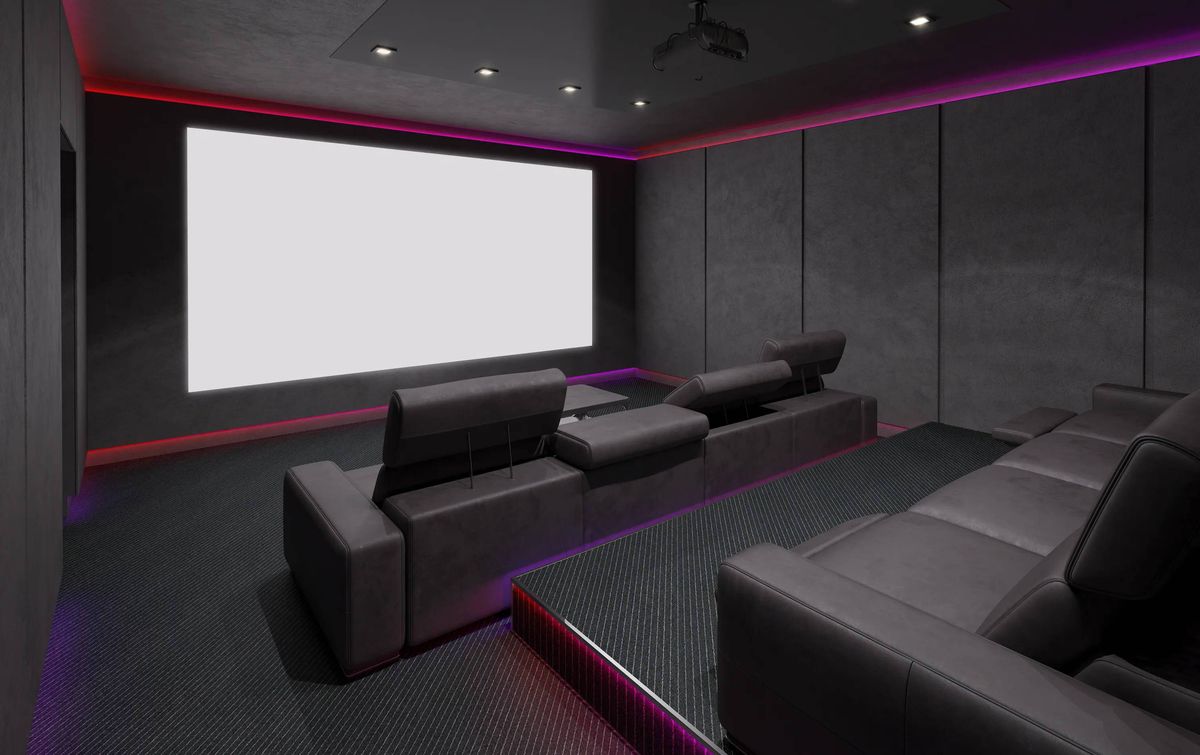

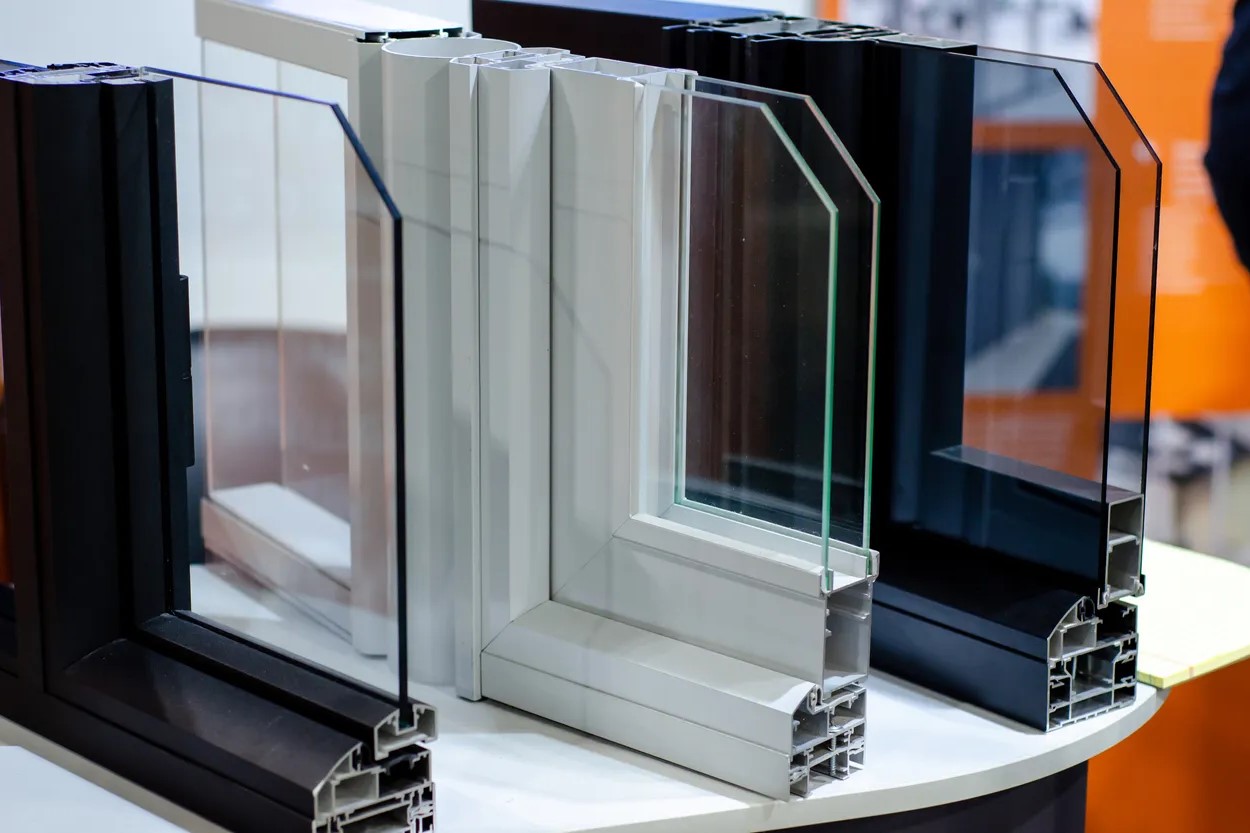

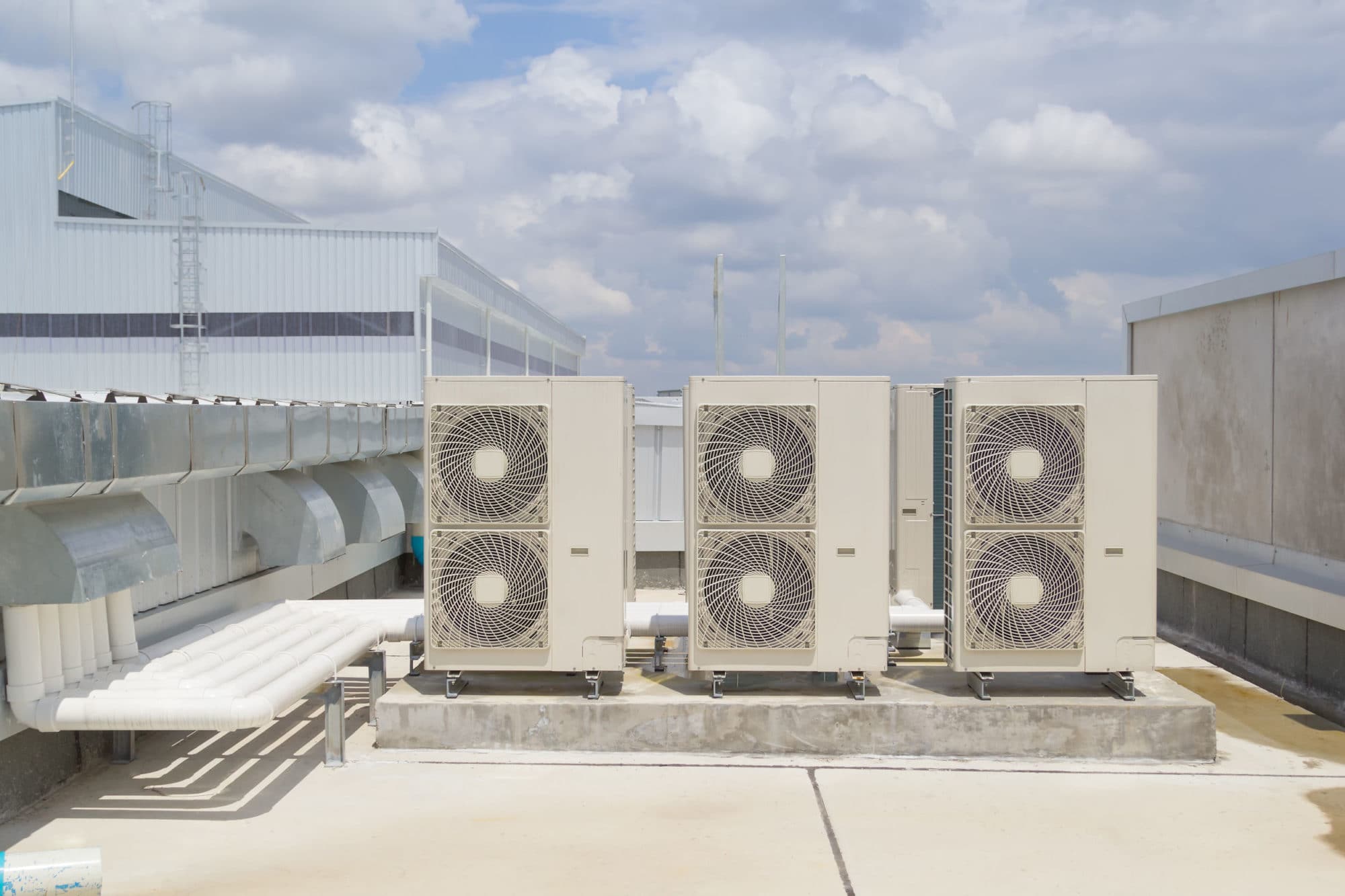
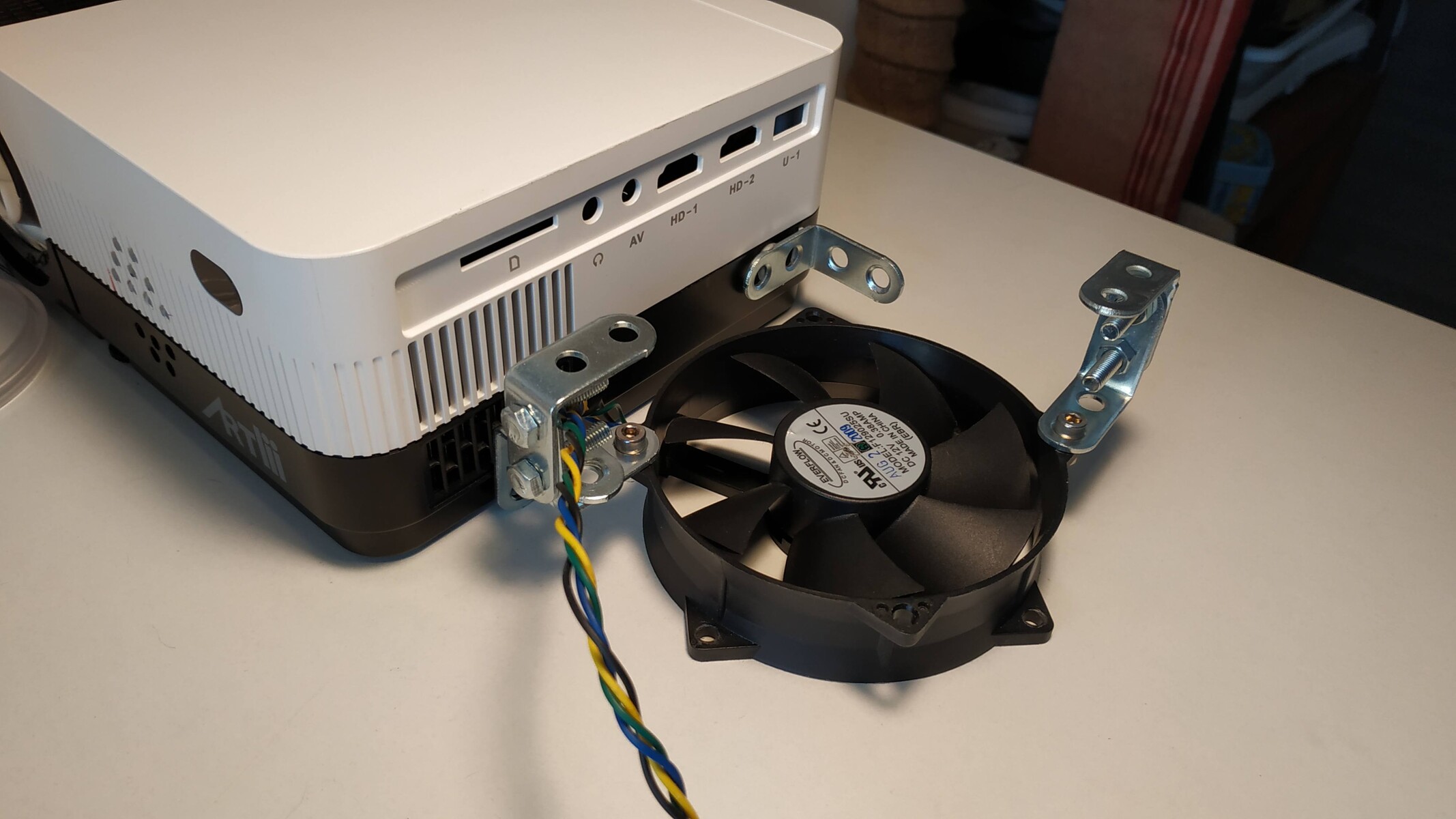

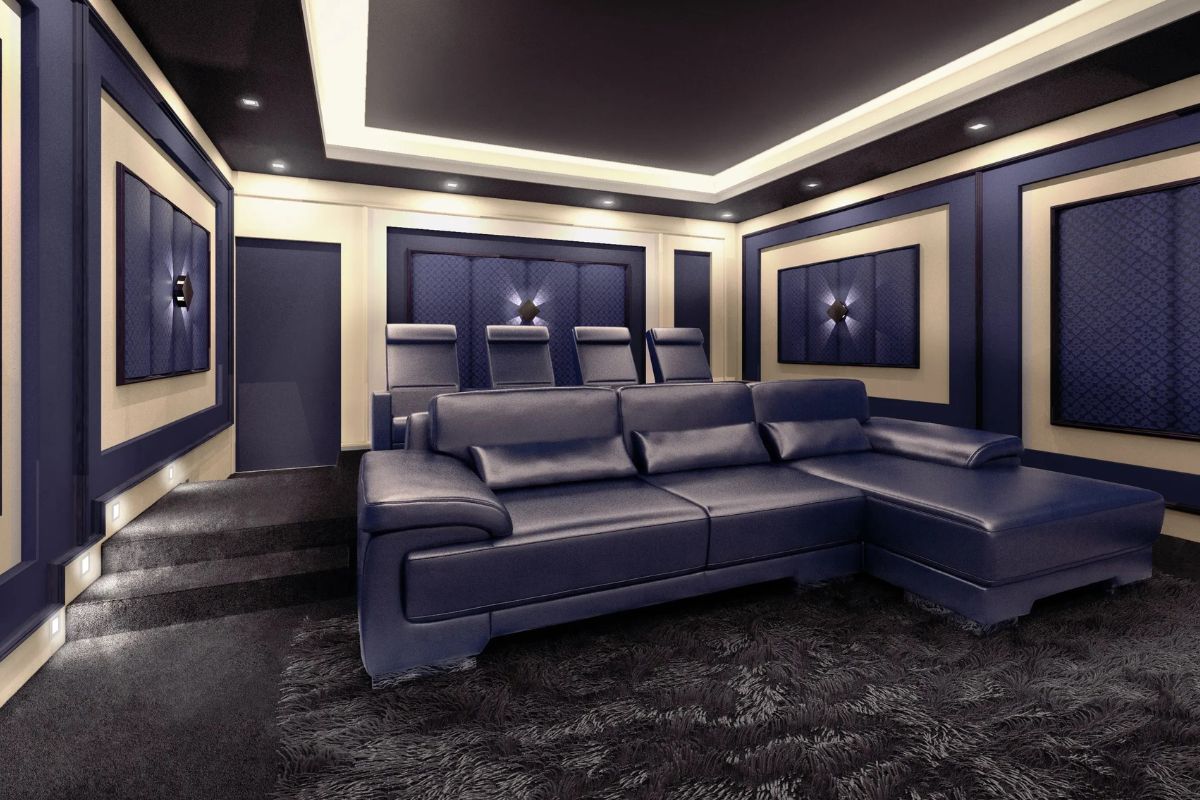

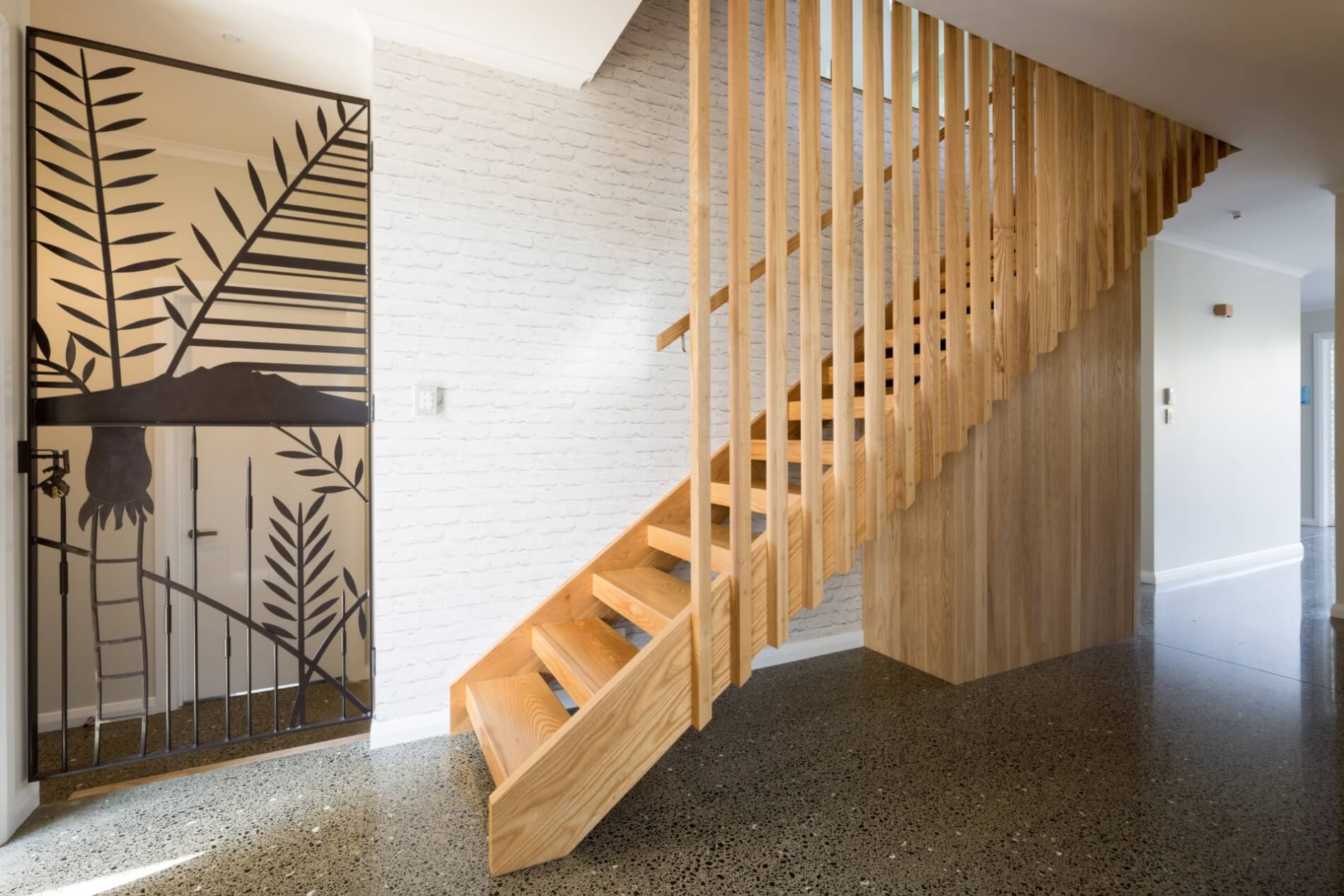
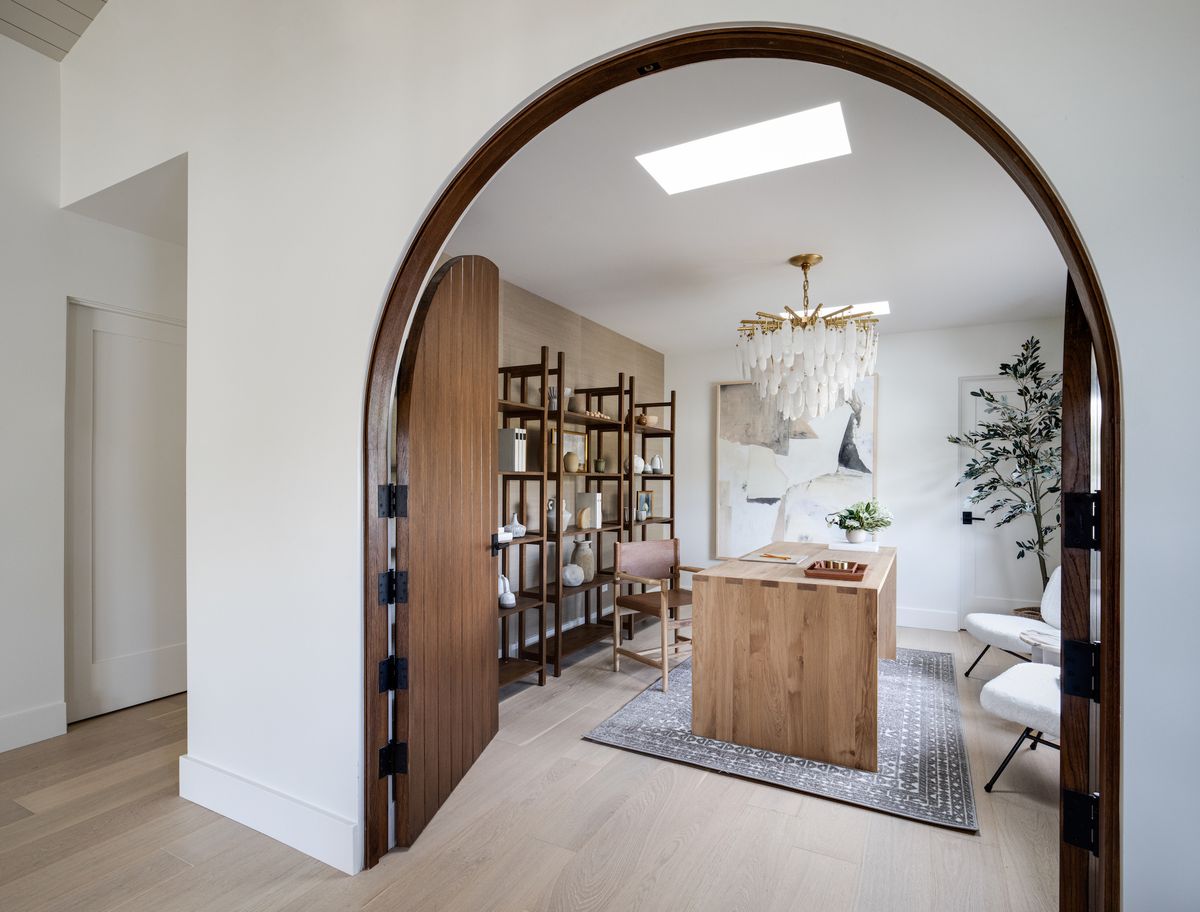
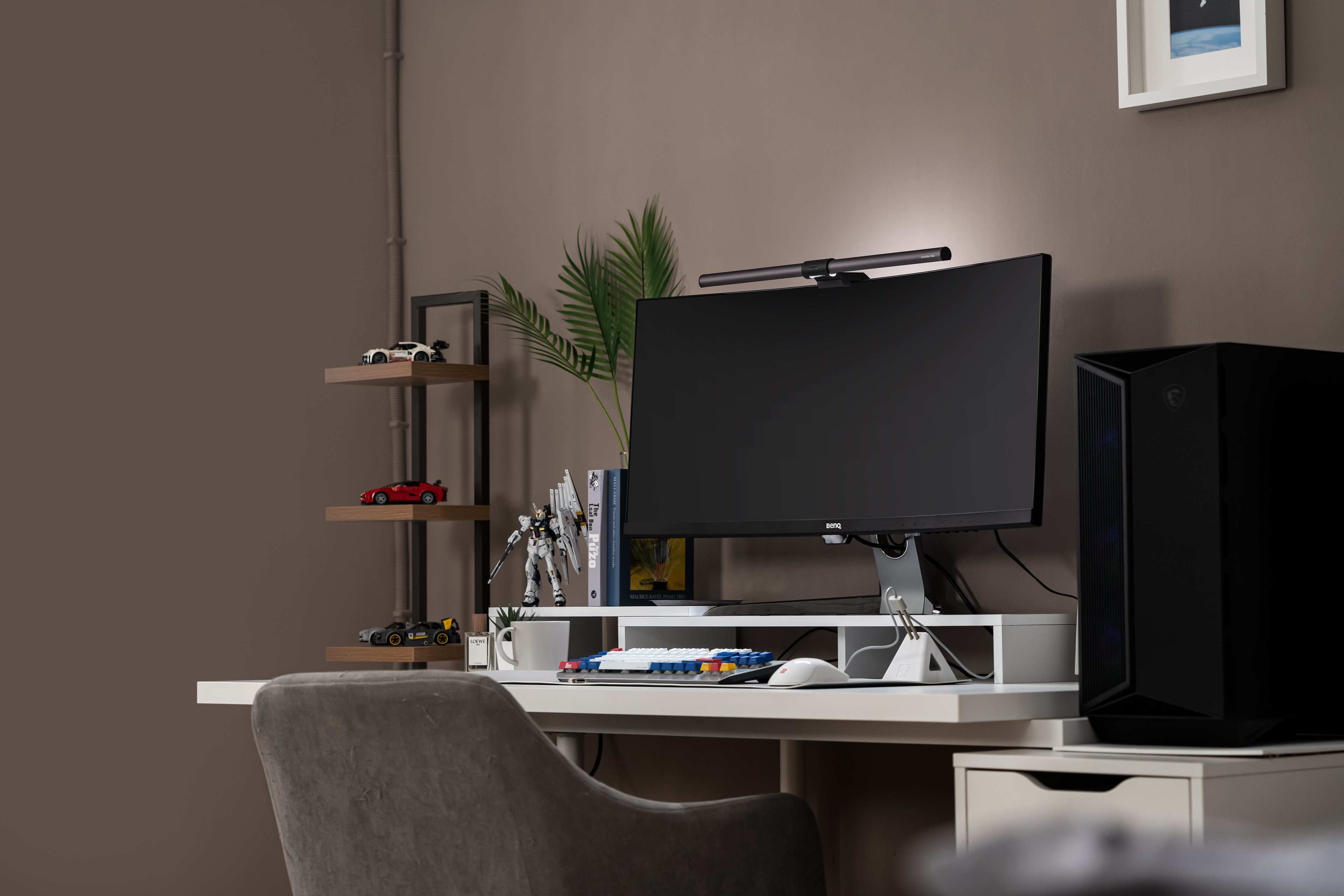
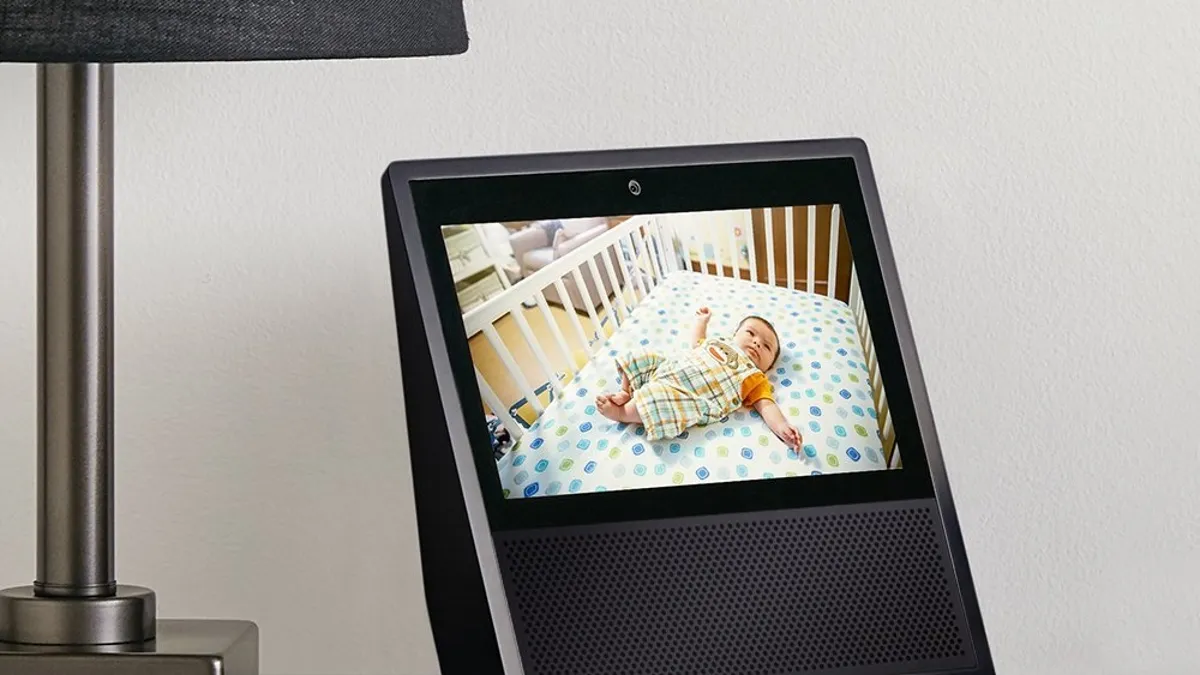
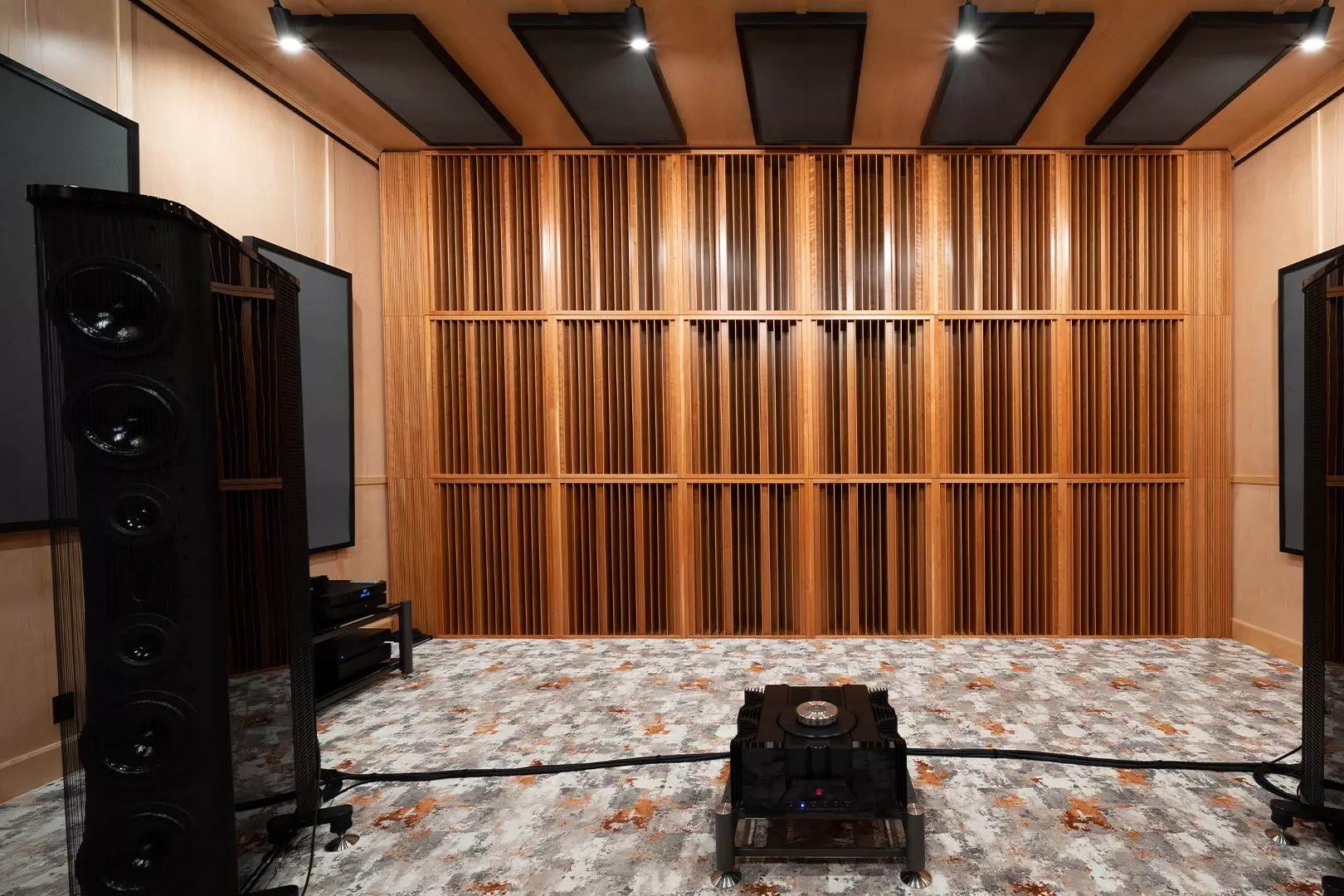
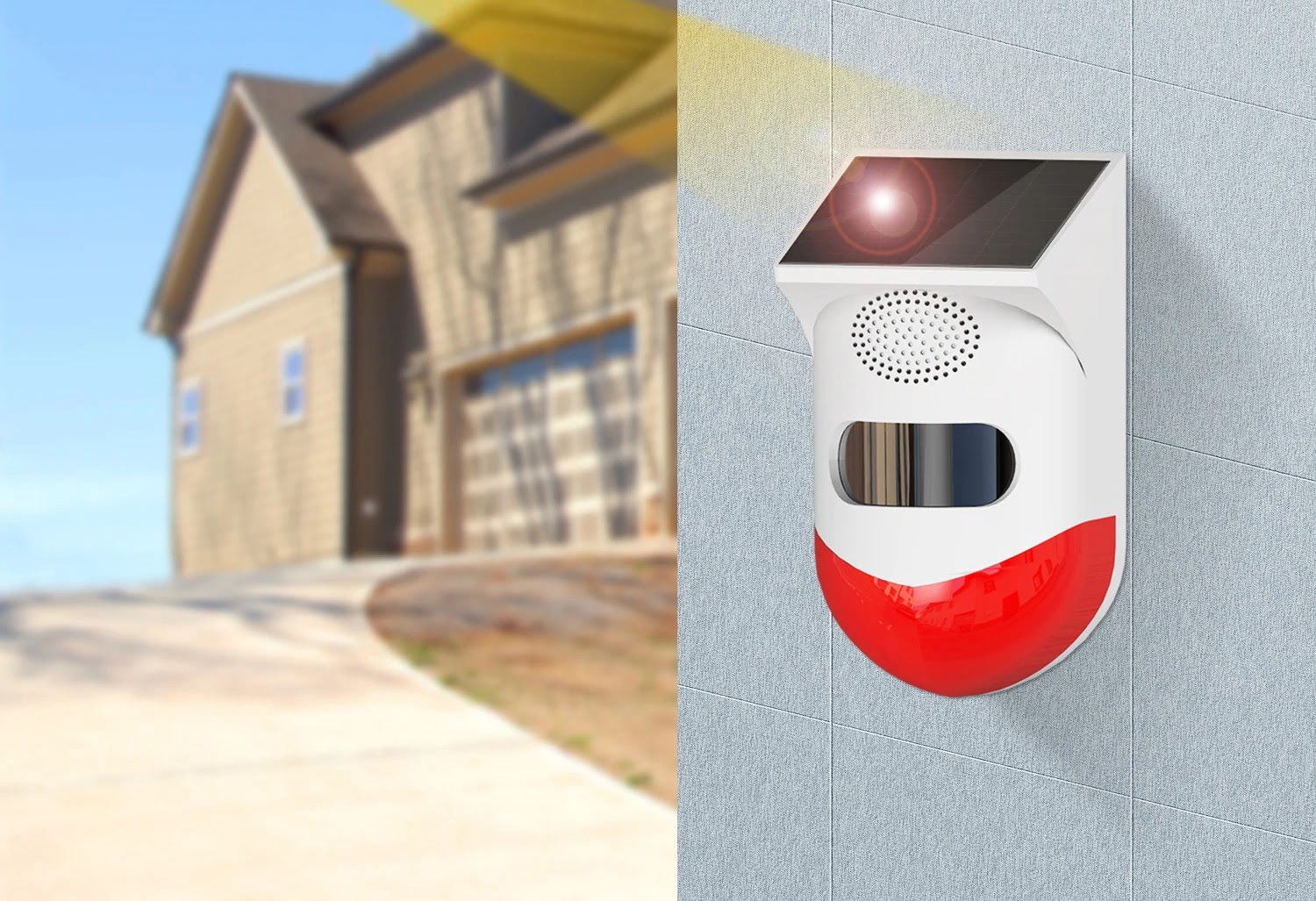

0 thoughts on “Home Office Sound Absorption Panels to Reduce Echo and Noise”